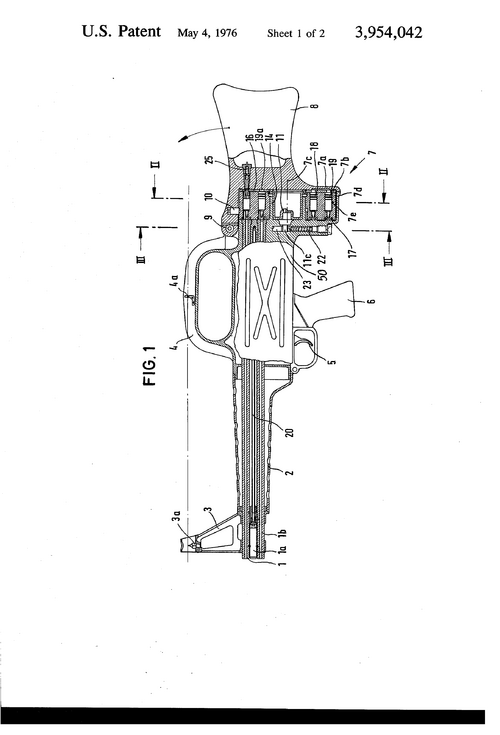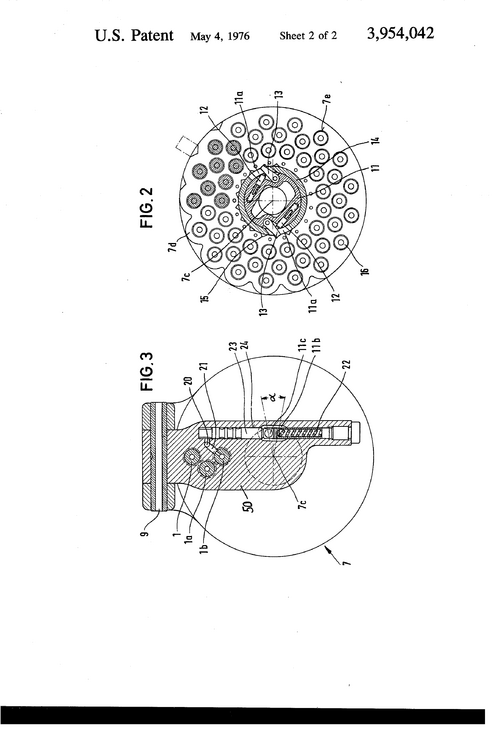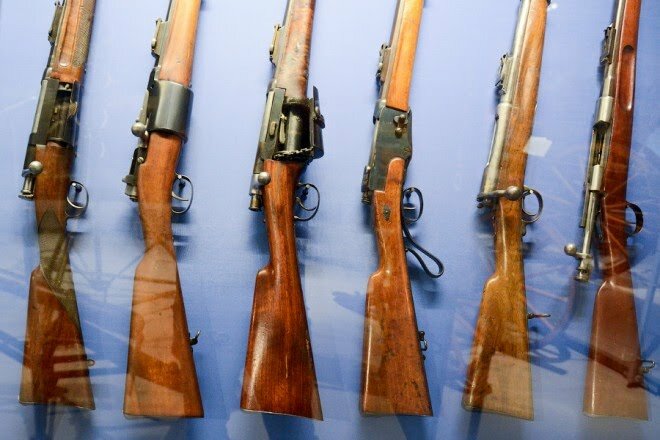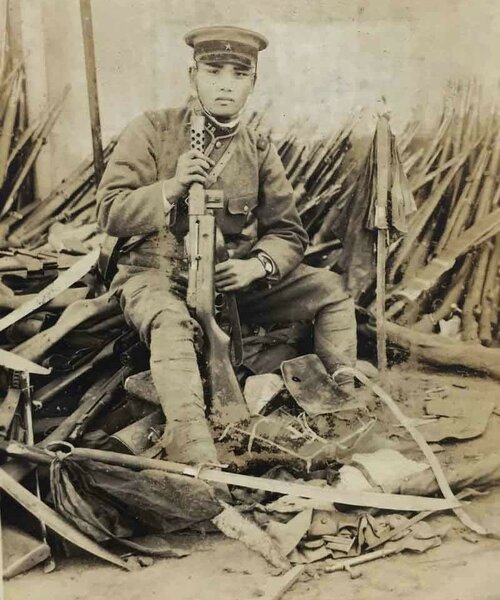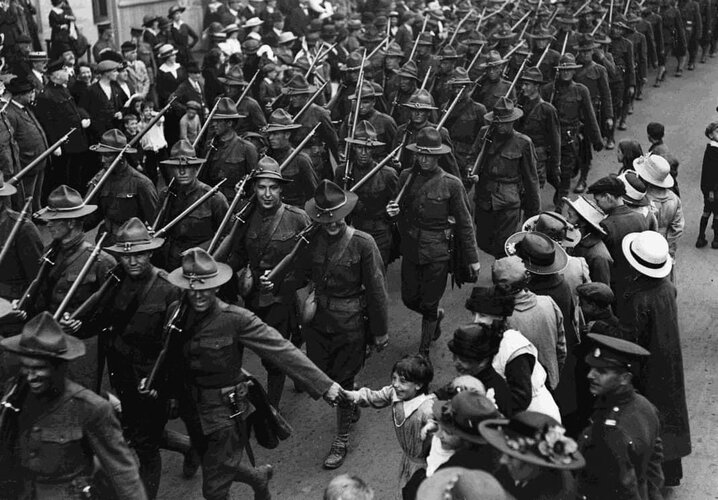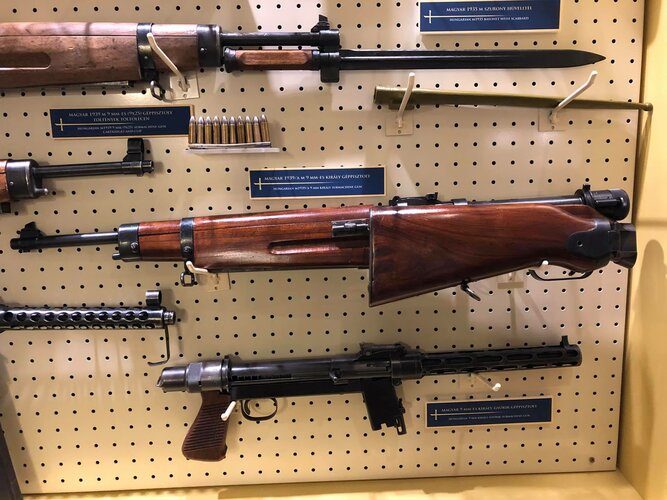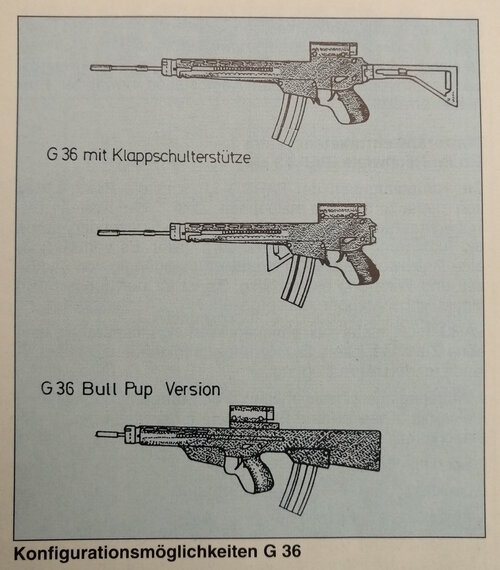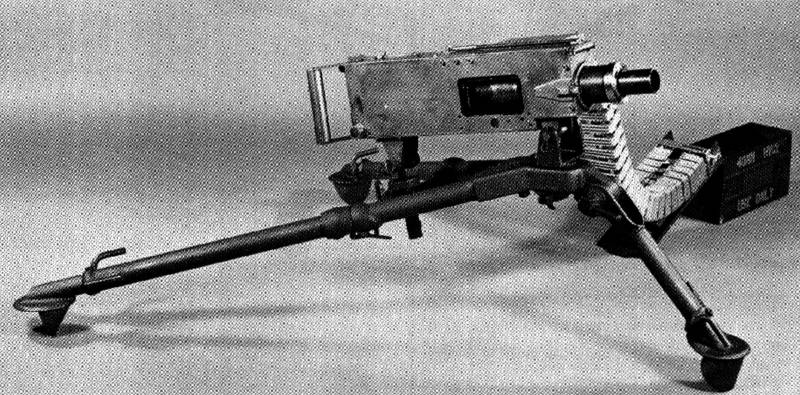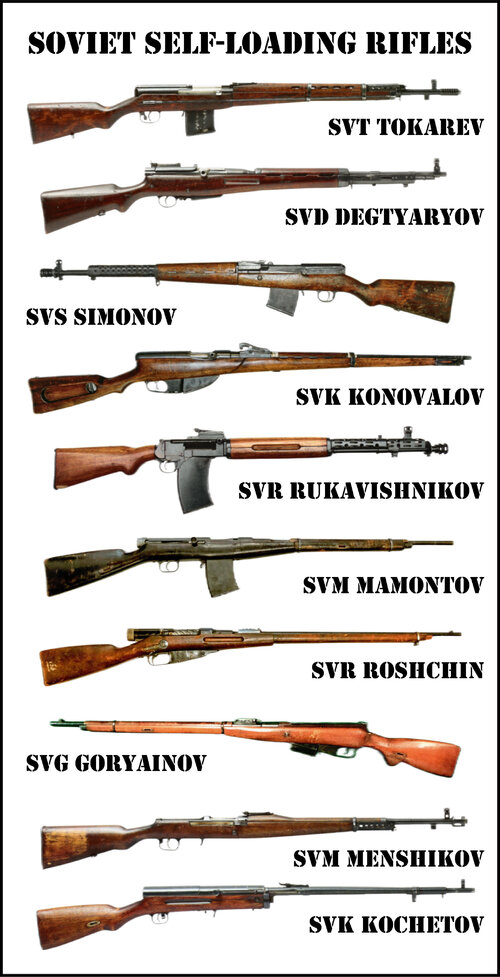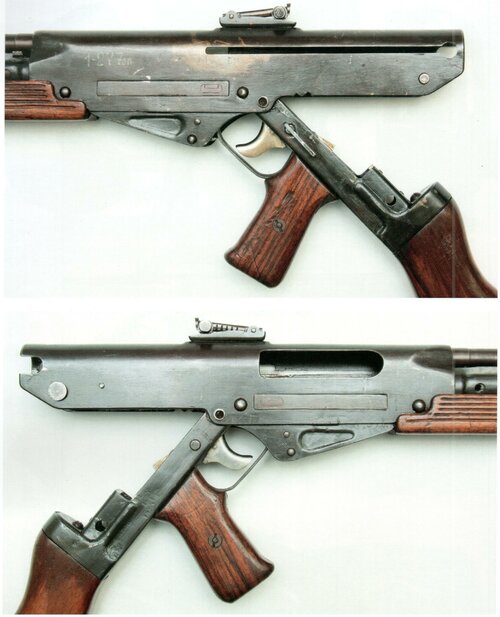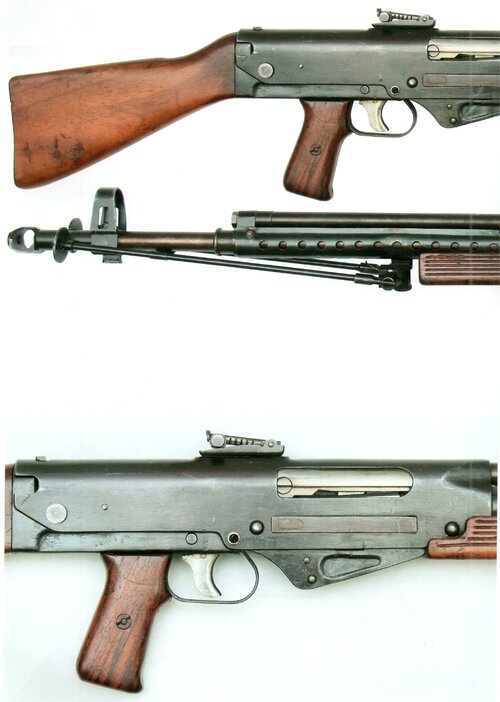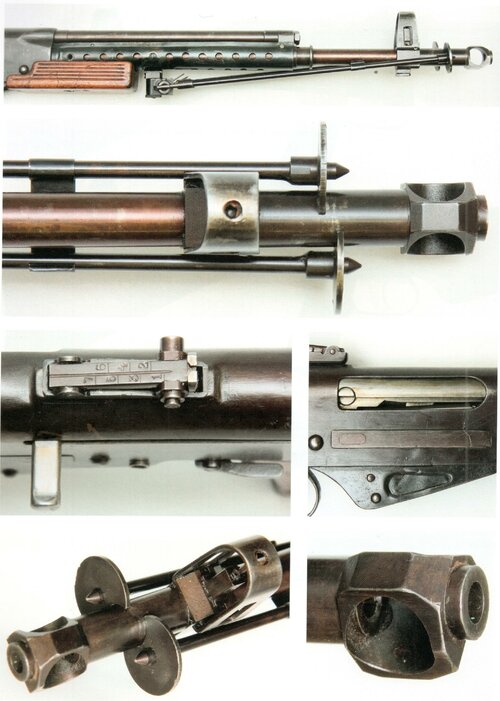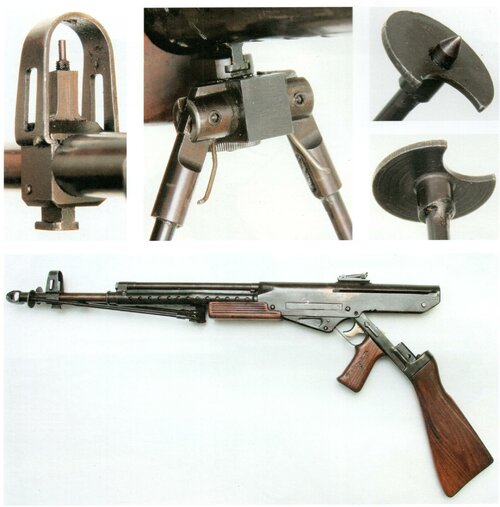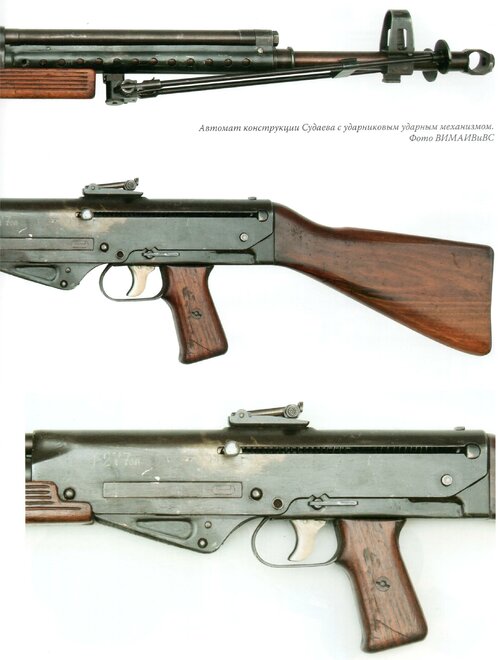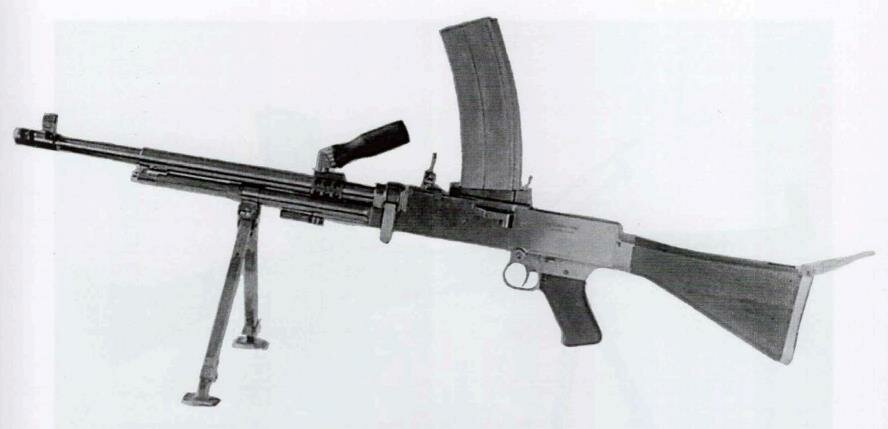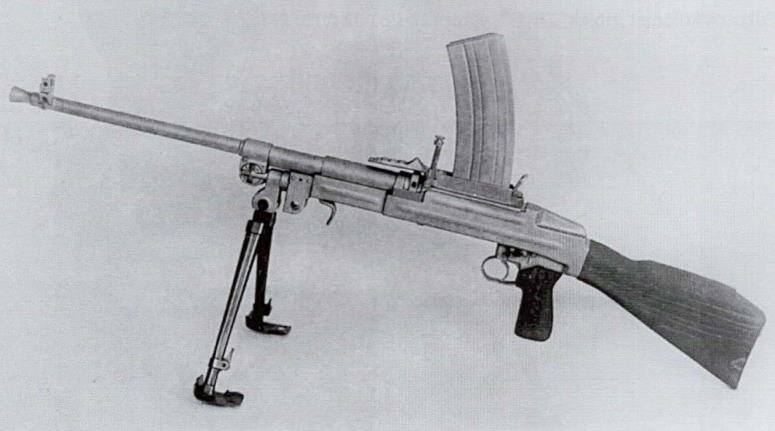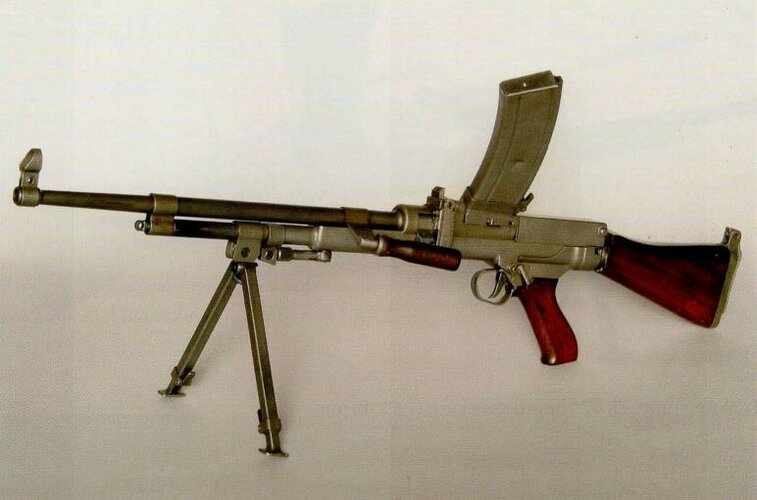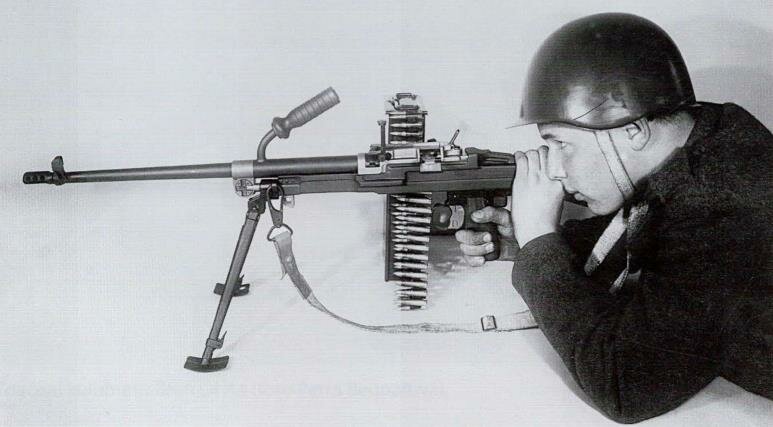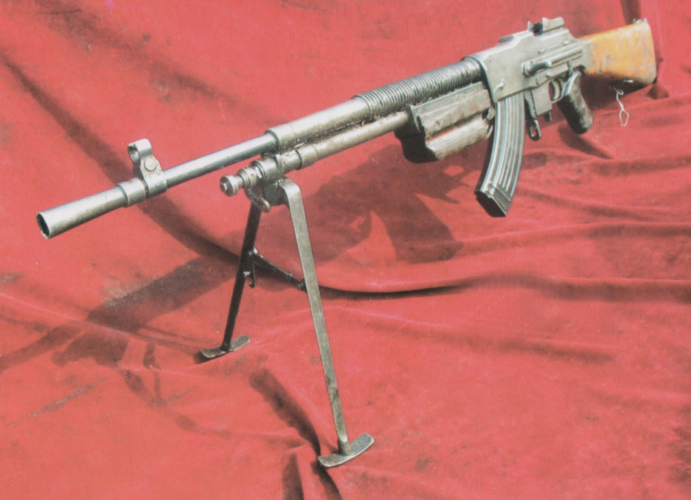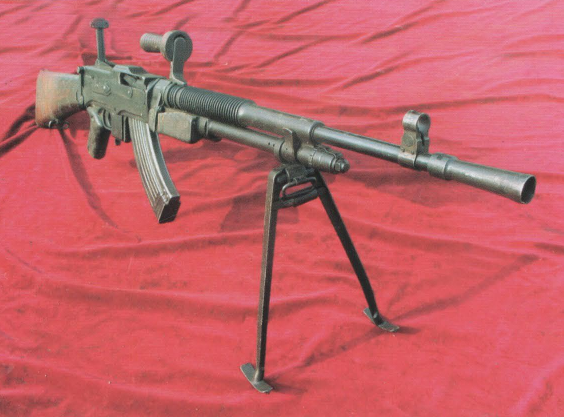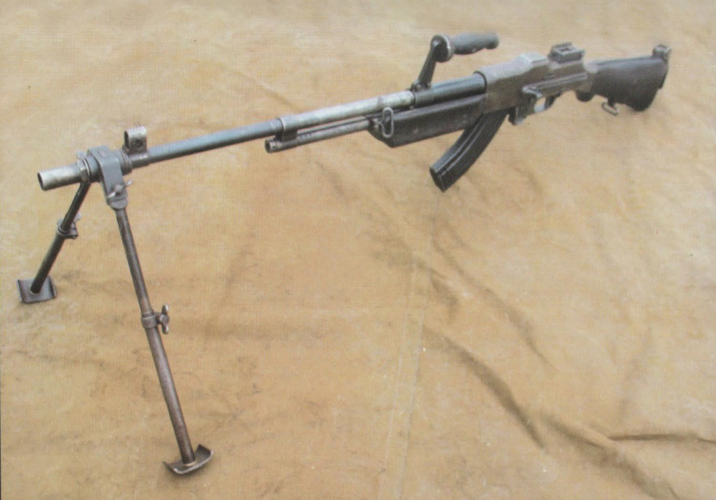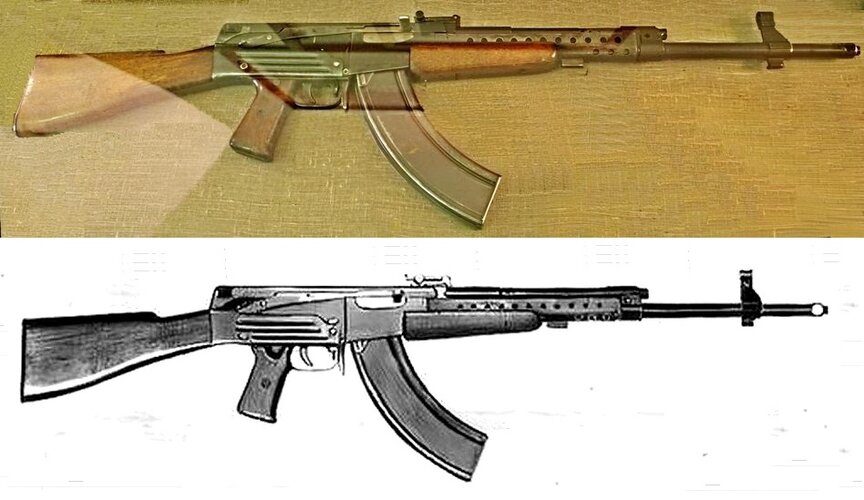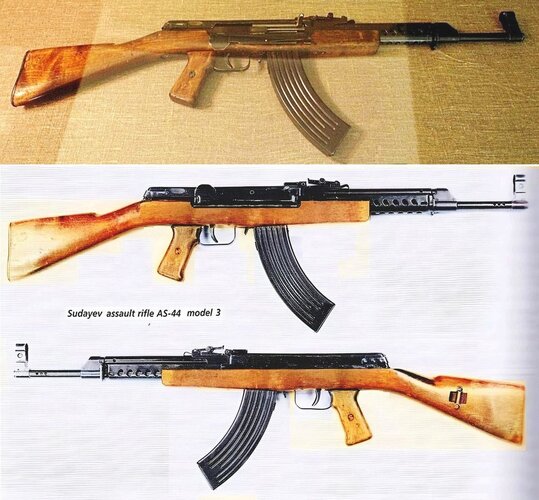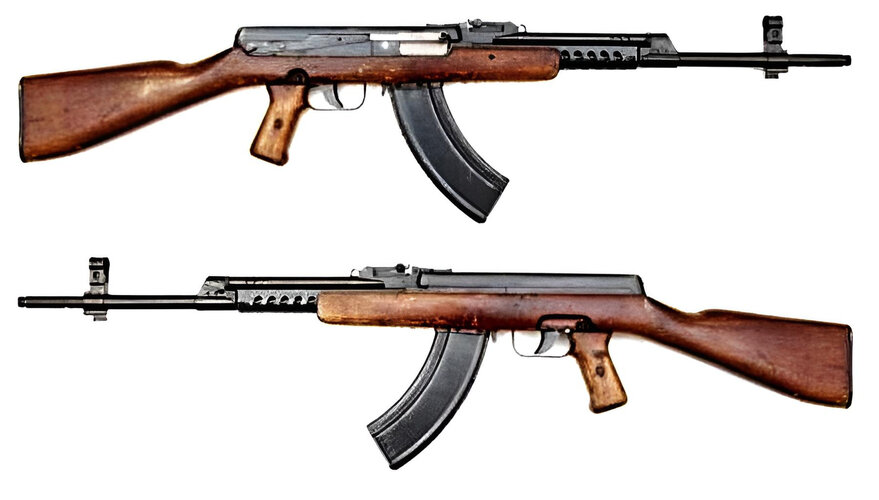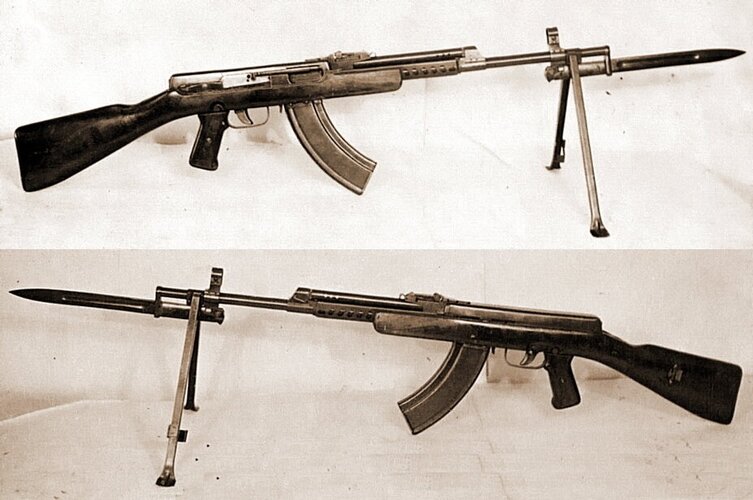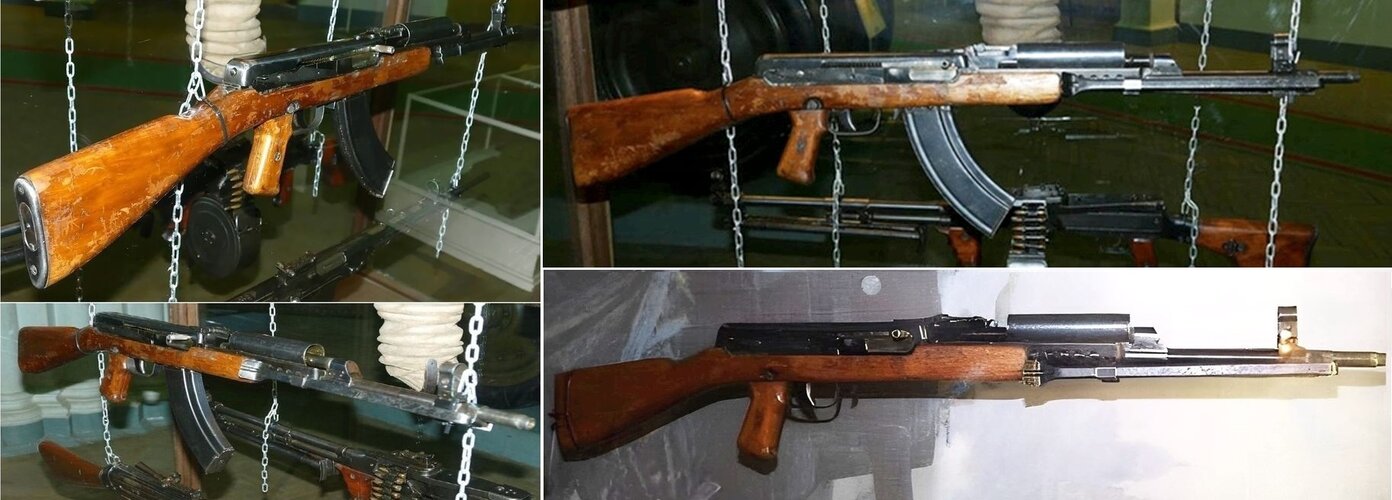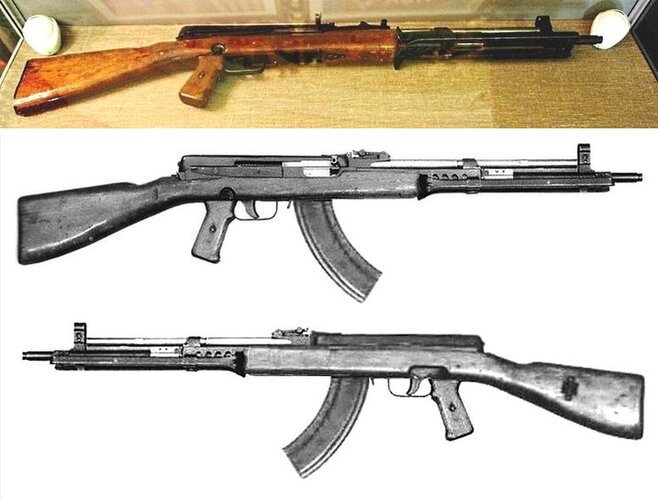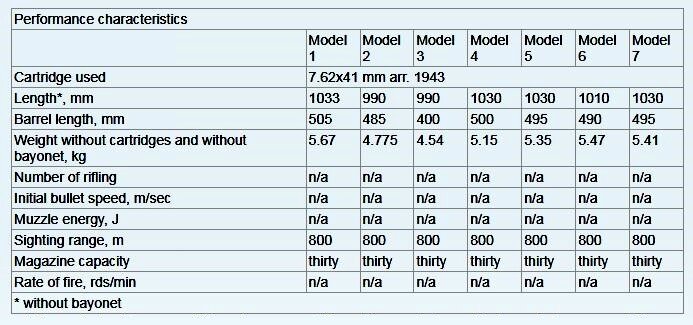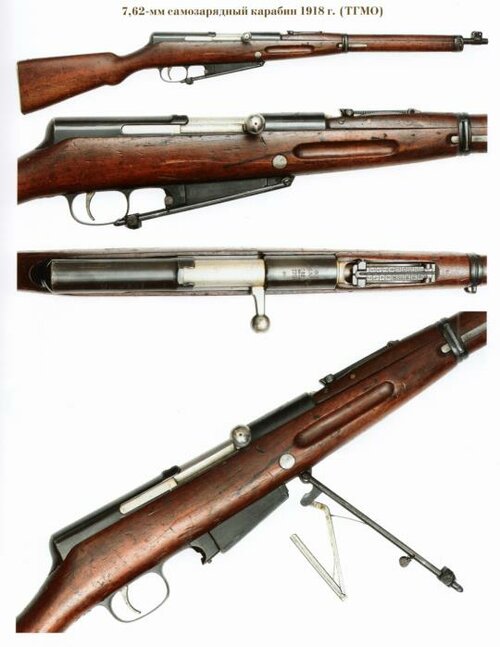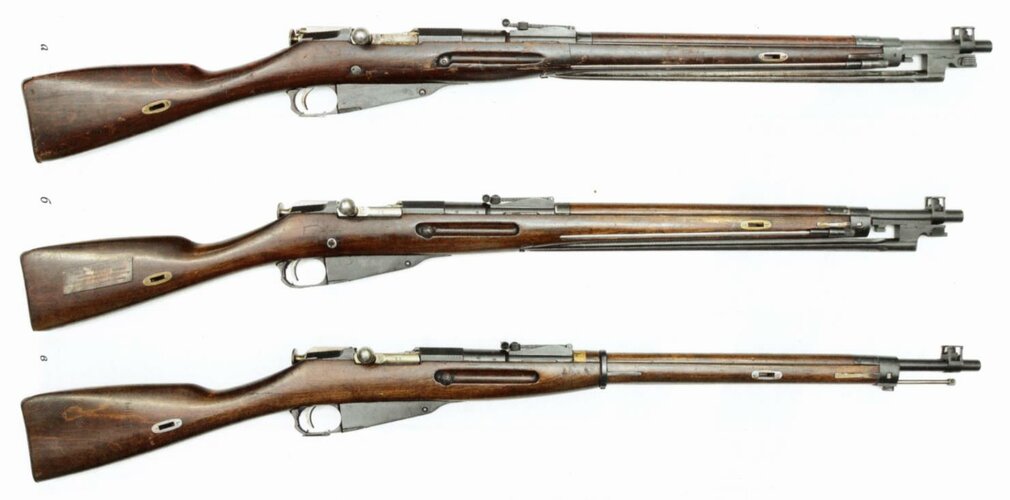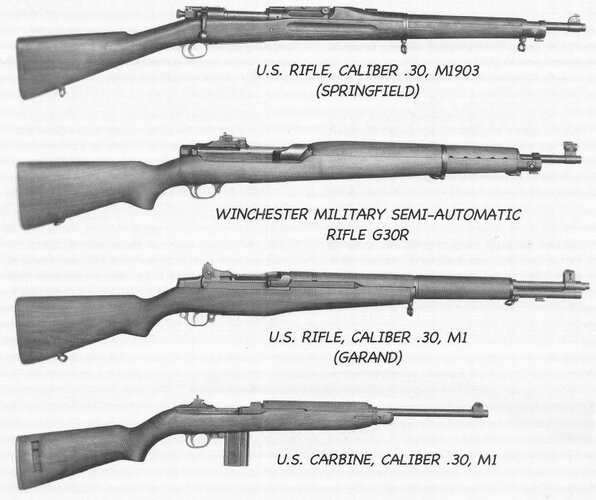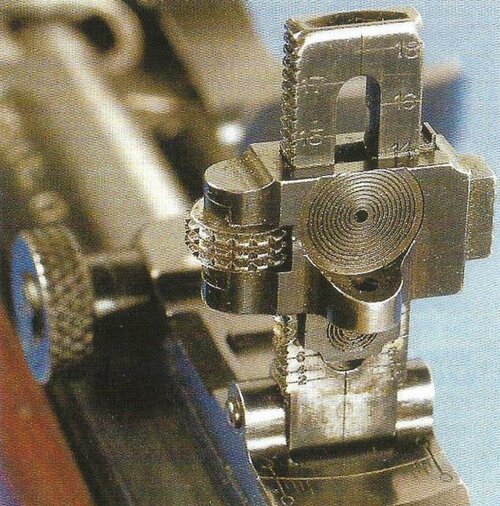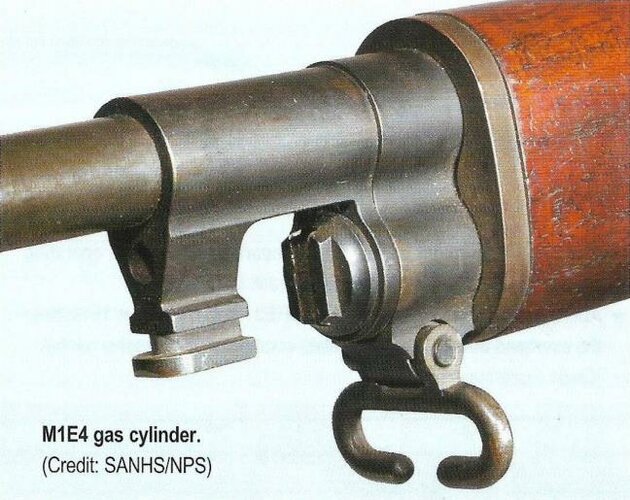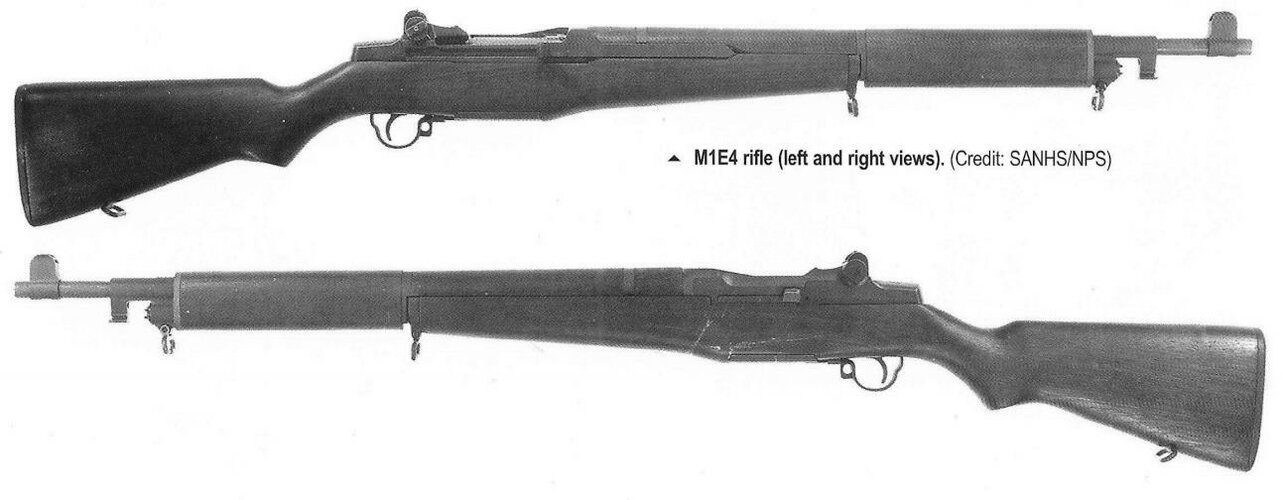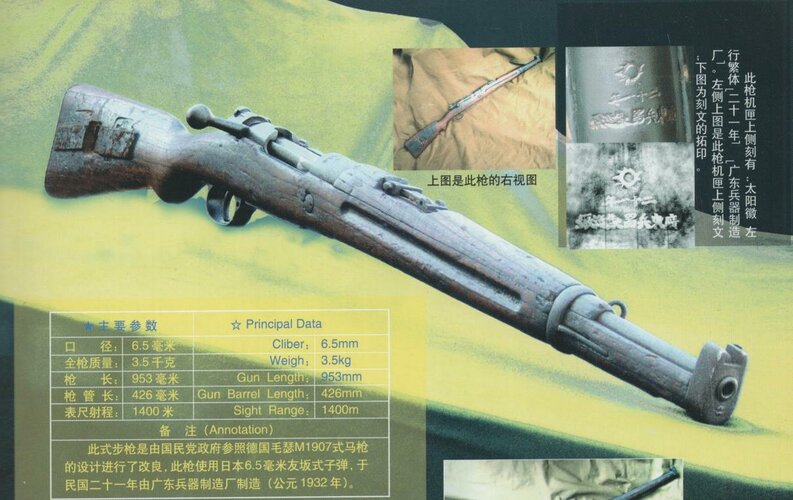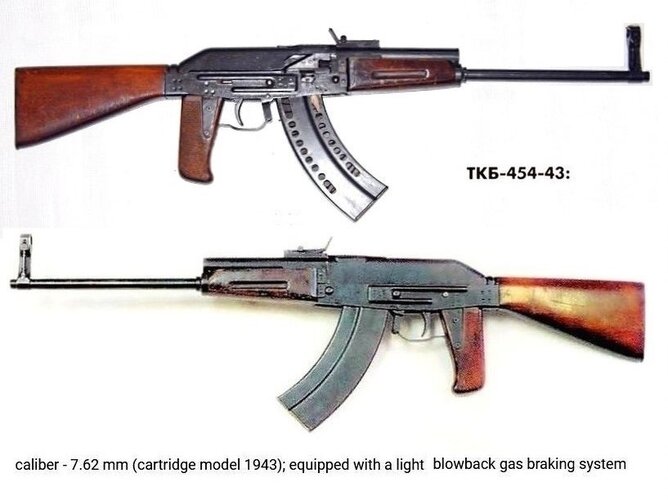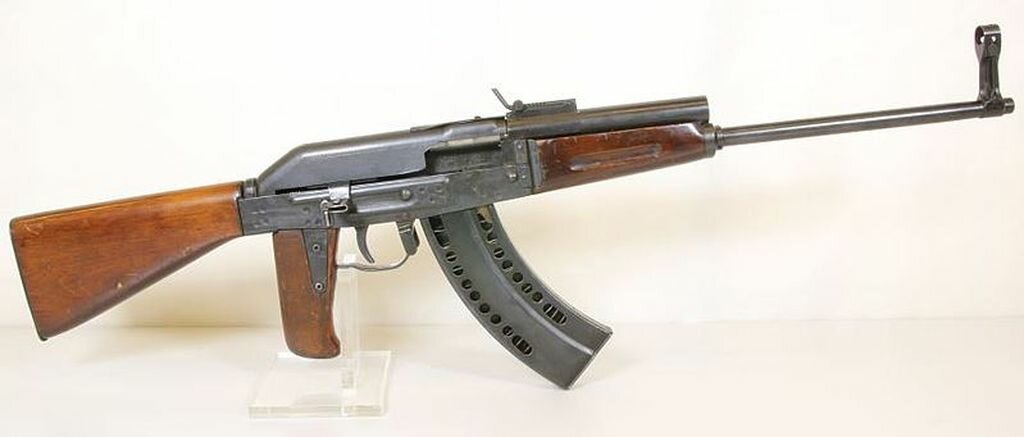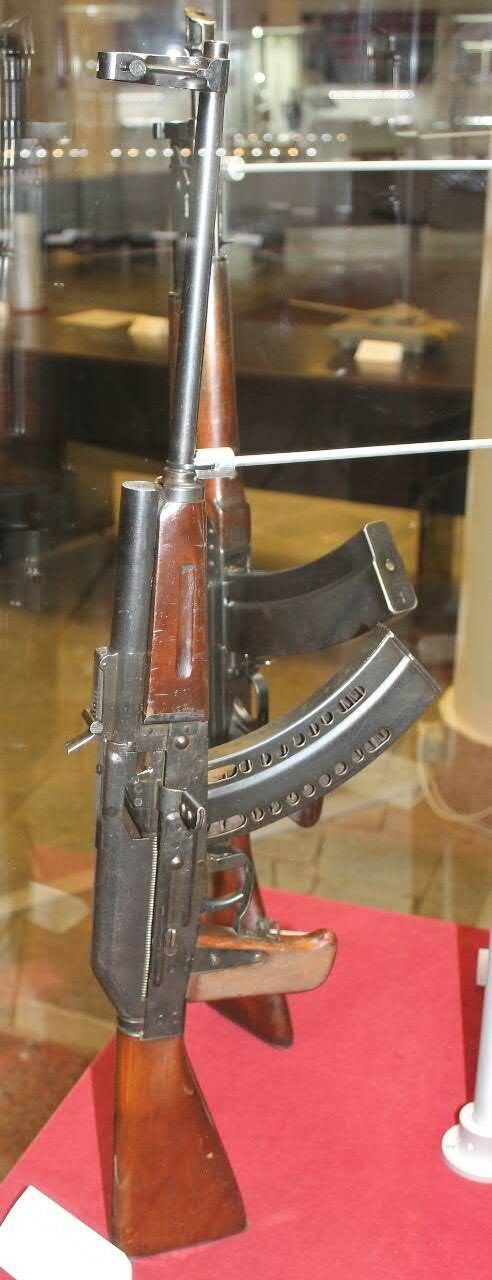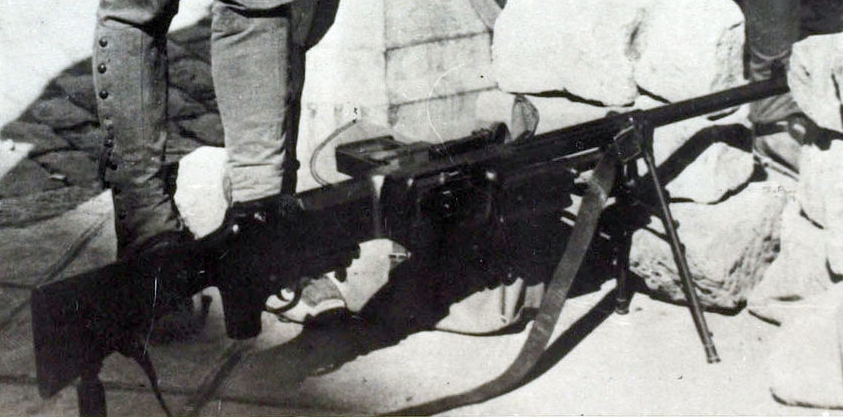Ravinoff
Hoodoo Operator
- Joined
- 5 October 2017
- Messages
- 130
- Reaction score
- 297
There's a few photos floating around of the Mauser G11, but it doesn't seem to be the tri-barrel version. Looks more like an AA12 than anything else. Apparently used a 10-round helical mag fed from stripper clips like an M1941 Johnson?Translated from this German article:
Does anyone have any information on the Diehl and IWKA Mauser designs?In the competition for the 20-million-mark development contract for the G 11 awarded by the German armed forces, they (H&K) succeeded in overtaking two strong competitors: The traditional Mauser company had proposed a weapon with three barrels, all three of which were to fire simultaneously. The Diehl Group from Röthenbach, on the other hand, sought success with a rifle in which the projectiles and propellant charges were to be fed from separate magazines.
Interestingly in 2014 Diehl was still working on the separate feeding of projectile and propellant and presented a 12.7mm MG called PMW 12,7 (Präzisionsmaschinenwaffe 12,7mm) based on this concept. (Source)
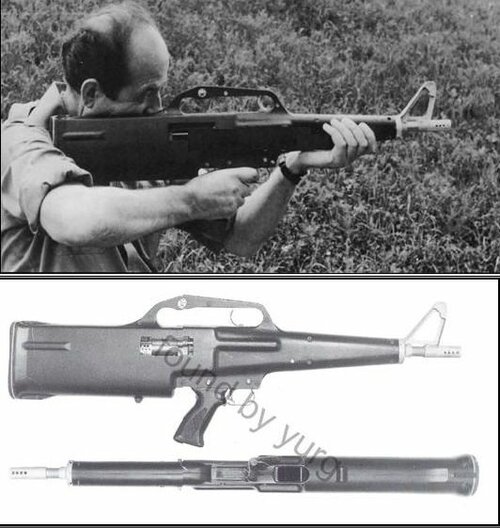
I've also seen that same picture labelled as a "Diehl Project 401", which was patented in 1973 and used a "conventional" caseless 5.56 round fed from a 120-round helical magazine. Other than what I believe is the relevant patent (DE2401543) and a single picture there's next to nothing for info on the "Project 401". Though digging through the patents, they do have several for separate-charge small arms ammunition. Project 401 is the top in that photo, the lower one of course being the innards of an H&K G11.
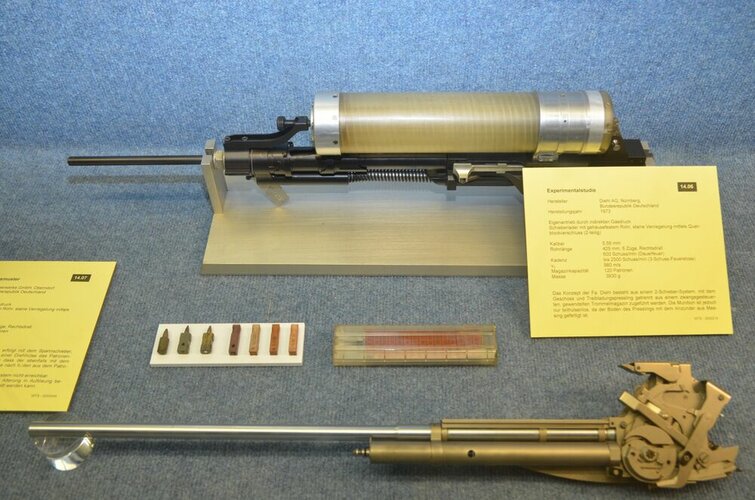
I don't know why you'd ever want separate propellant feeding, though. Twice as many possible points of failure, even artillery is moving to cased munitions instead of bagged charges. Hell, the only place I've heard of that concept is the (Aliens) Colonial Marines Technical Manual, where a Marine artillery piece uses a highly-improbable binary hypergolic liquid propellant sprayed into the chamber.
Last edited:

